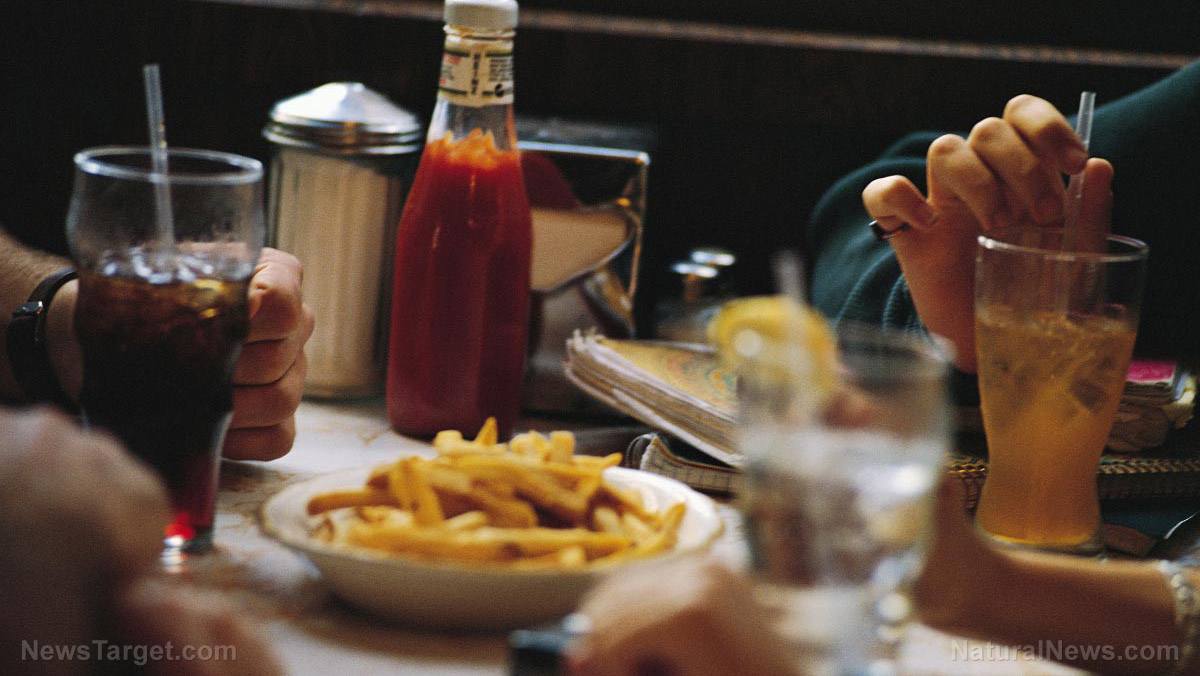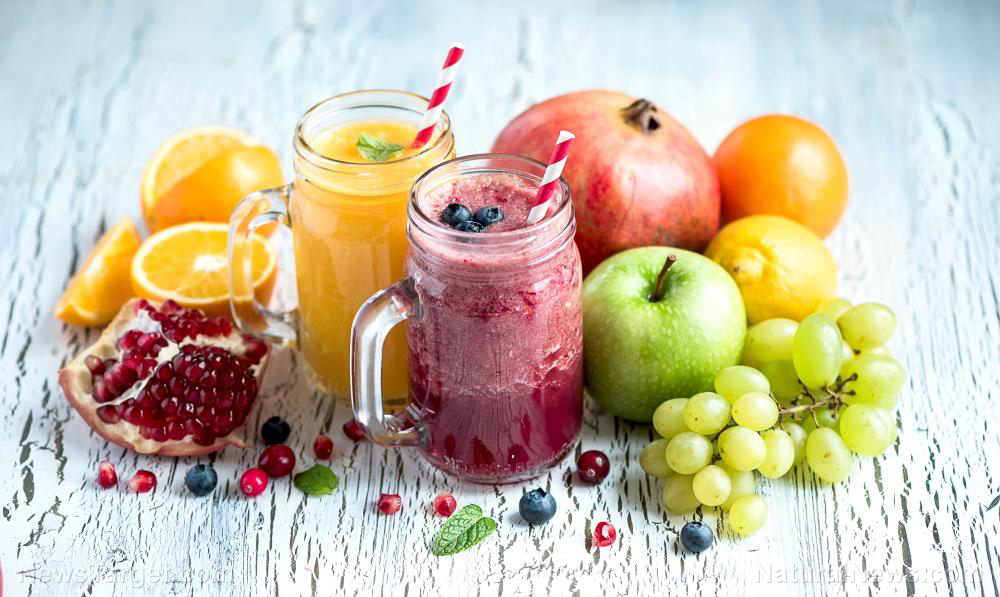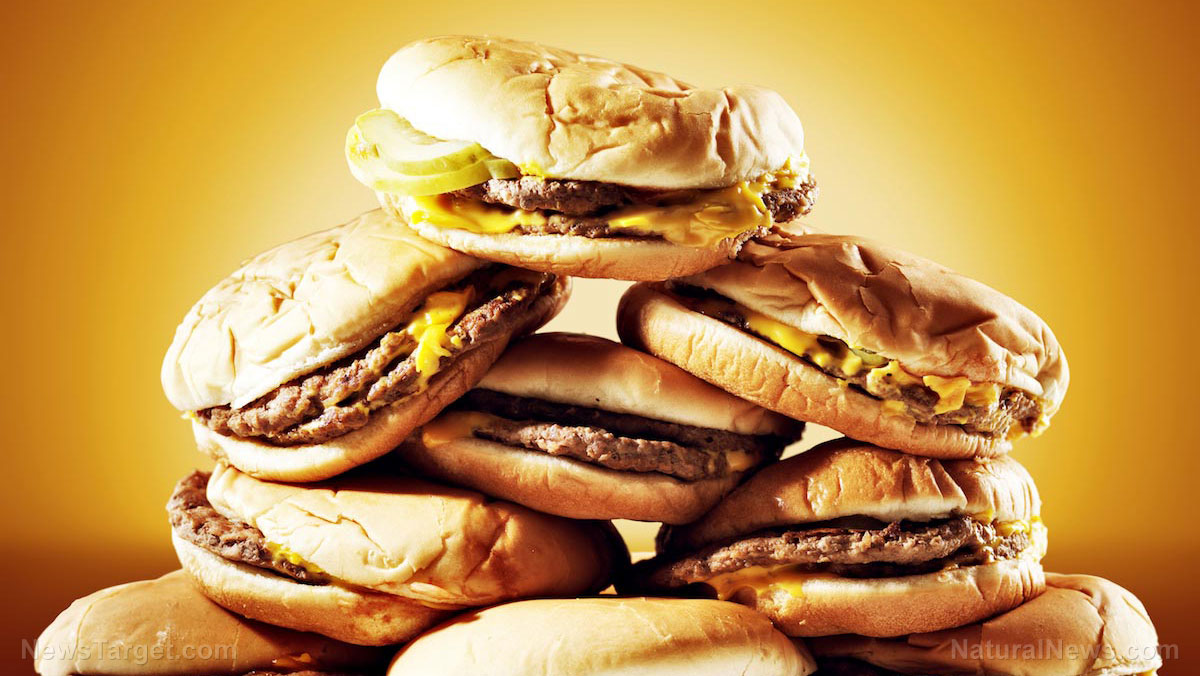
The link between portion size and eating habits has been observed in several studies. One of these studies showed that participants given the biggest portion size ate 30 percent more than when they were given the least amount of food. However, they experienced similar levels of hunger and satiety regardless of the portion size and corresponding food intake that they had. Another study also showed that bigger portions of snacks led to higher food intake, which was not compensated for by a decrease in food consumption during the succeeding meal. When you're eating at home, portion size isn't that big of a problem since you have control over how much food you put on your plate. But how can you eat less food in situations where you have no control over serving sizes, such as in restaurants?
In this study, which was published in the journal Appetite, the researchers gathered 53 female participants between the ages of 18 to 60 and observed their food intake during a weekly dinner held for four weeks. These participants were randomly assigned to either the control group or the to-go group, who were informed prior to the meal that they could take home their uneaten food. Moreover, all the participants were asked not to take alcohol on the day of the dinner and not to eat snacks at least three hours before their meal. Other factors that the researchers considered include body mass index, price consciousness, and aversion to wasting food.
There were four food portion sizes used in the study, with the baseline portion size of 560 grams and the other portions being 125, 150, and 175 percent more than the original. The food portions given to the participants varied between meals and as expected, food intake increased along with portion size. However, the researchers observed that people in the control group ate more than those in the to-go group, with the former eating 64 grams more per 100 grams added to the baseline portion and the latter having only an average of 17 grams. This proves that having the option to take home uneaten food reduces the amount of food that people consume when they eat out. Moreover, eating less did not affect levels of hunger, fullness, and satisfaction since these parameters were similar in both groups.
The authors of the study observed that two other factors affected how much food each participant ate. These factors were the slowness of eating and the price consciousness of the participant. They saw that people in the control group who ate at a slower pace consumed less additional food as portion sizes increased. Meanwhile, those who were conscious of the price of the food being given to them tend to eat more.
Overall, the results of this study show that if a person wants to eat less when they eat out, they should go to restaurants that allow them to take home uneaten food. This is especially helpful for people who are conscious of how much food costs since they won't have to worry about wasting any of it. Moreover, people should also try to eat slower so that they don't consume everything if the portion size is too big. (Related: More proof consumers like to be informed: New research reveals calorie counts on menus influence decisions for patrons and management.)
For more articles on how you can manage your diet, visit Slender.news.
Sources include:
Please contact us for more information.























